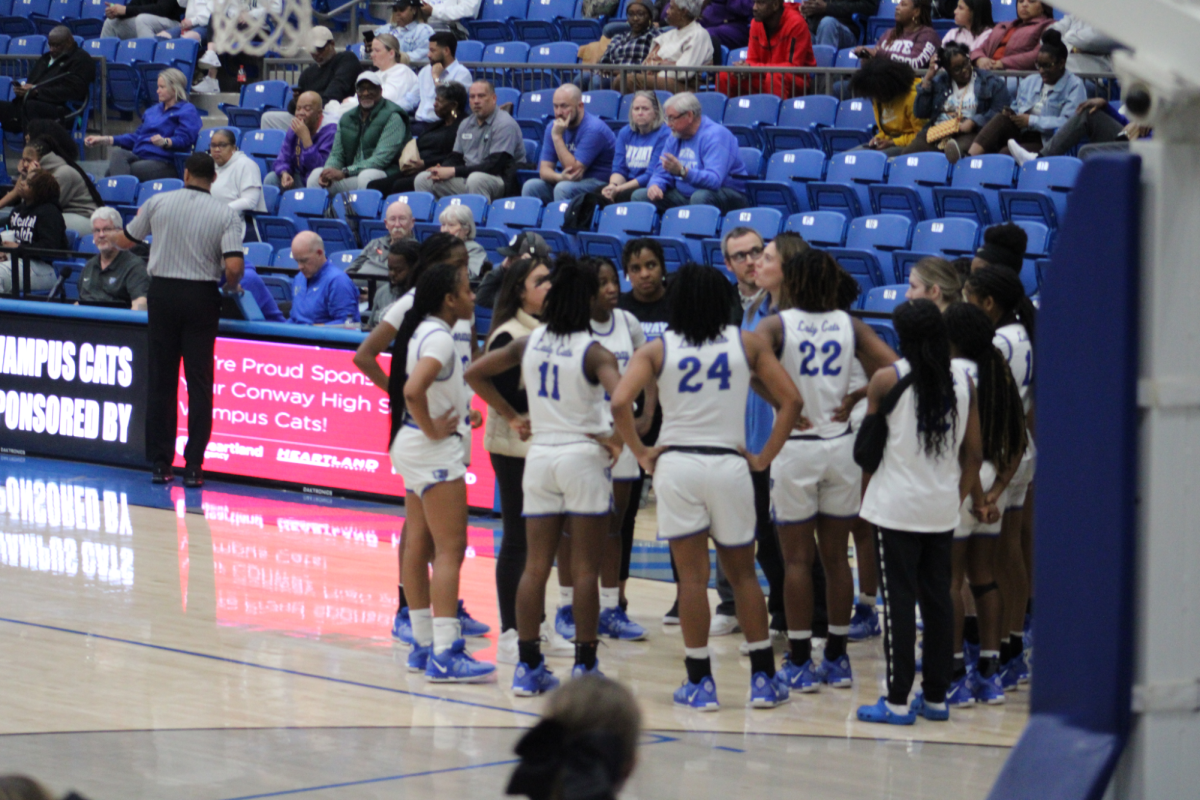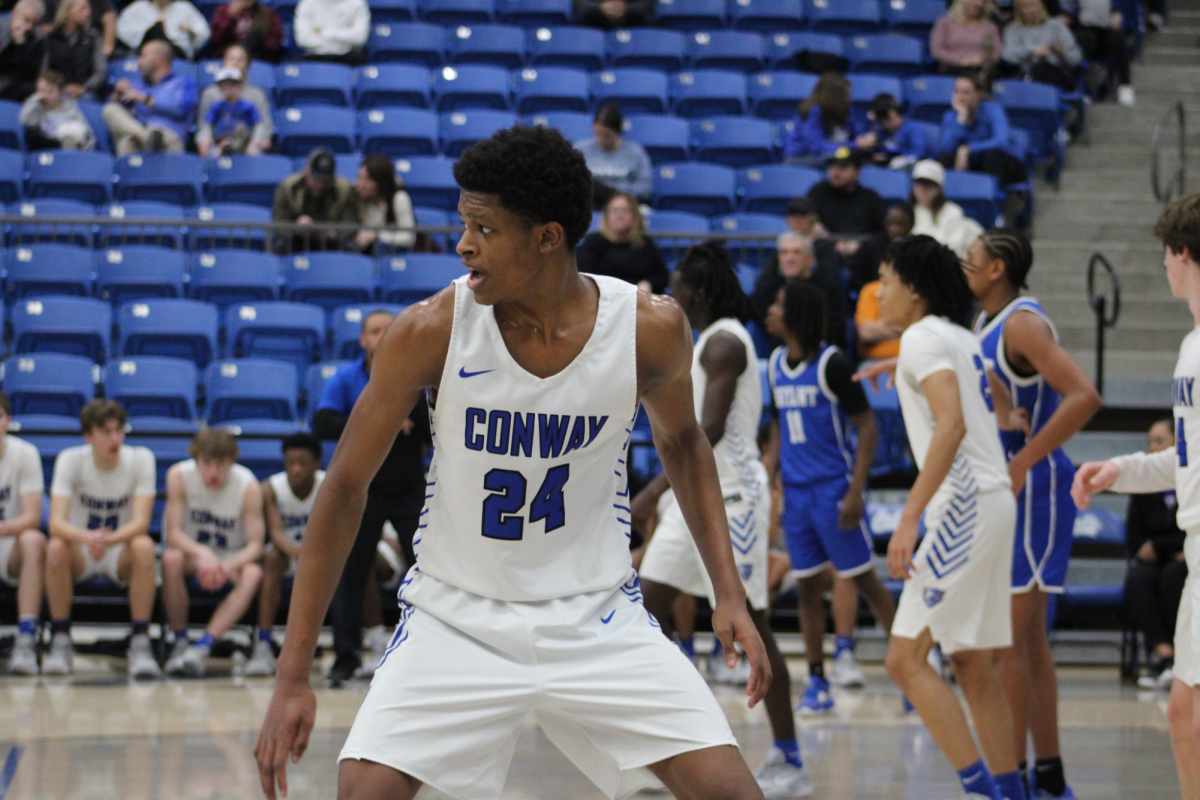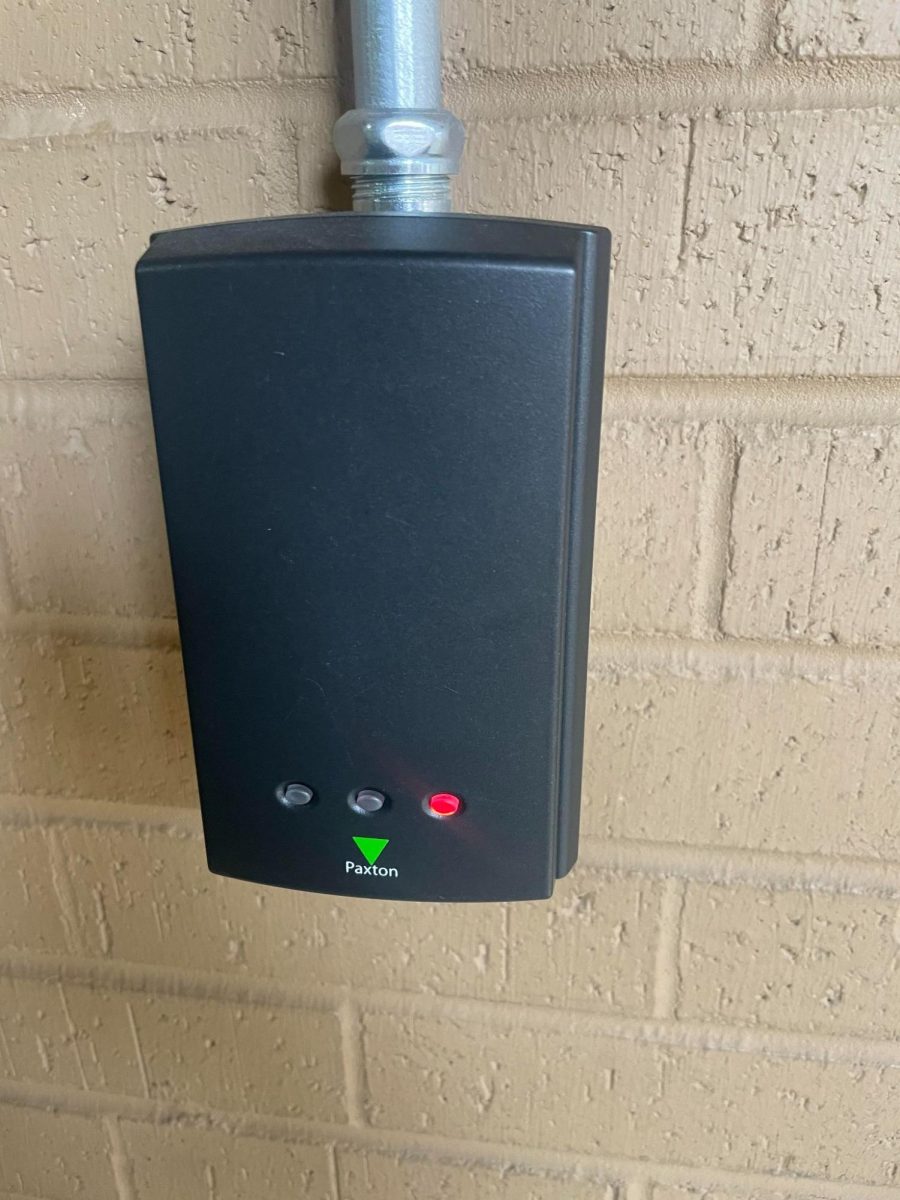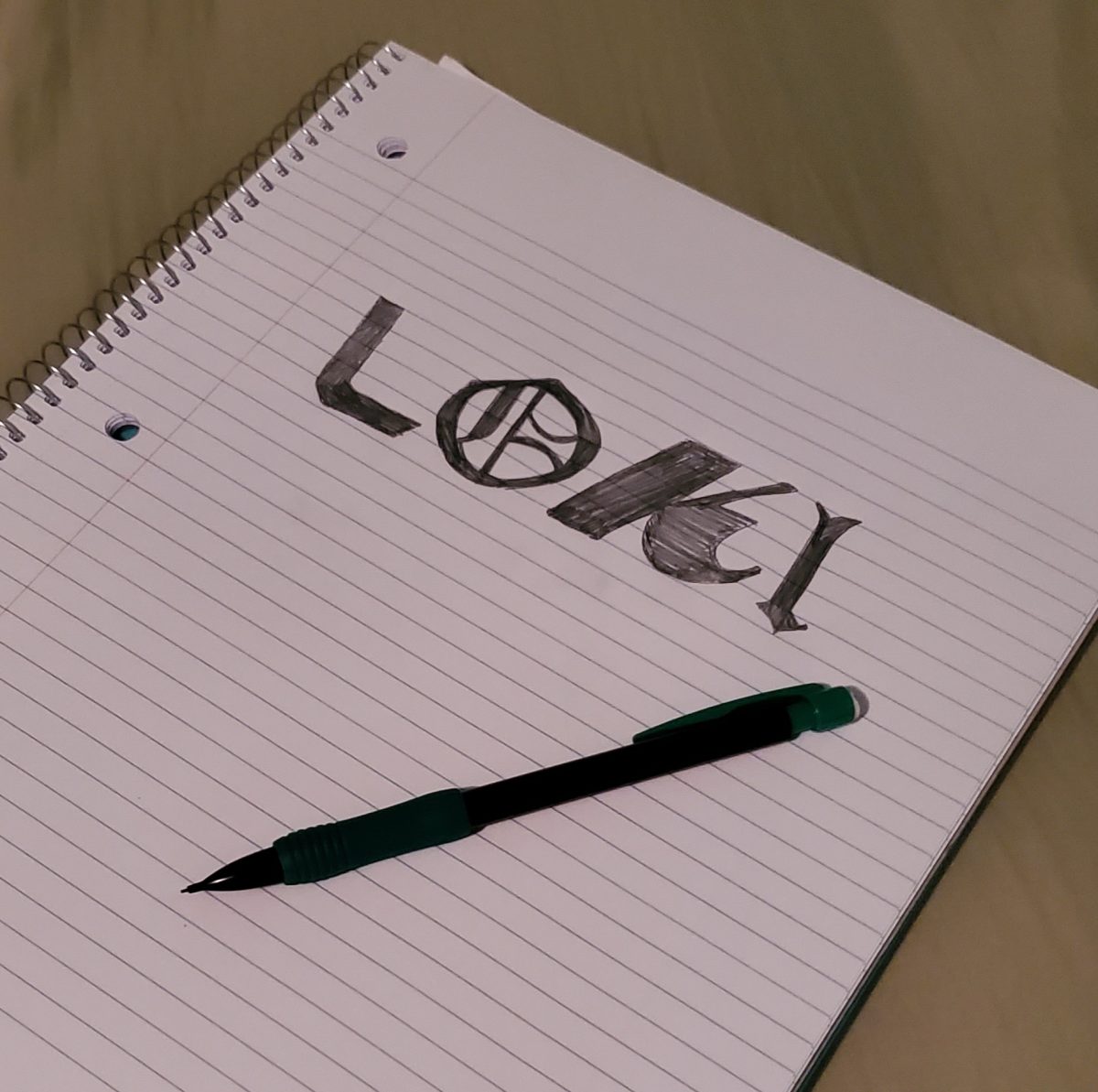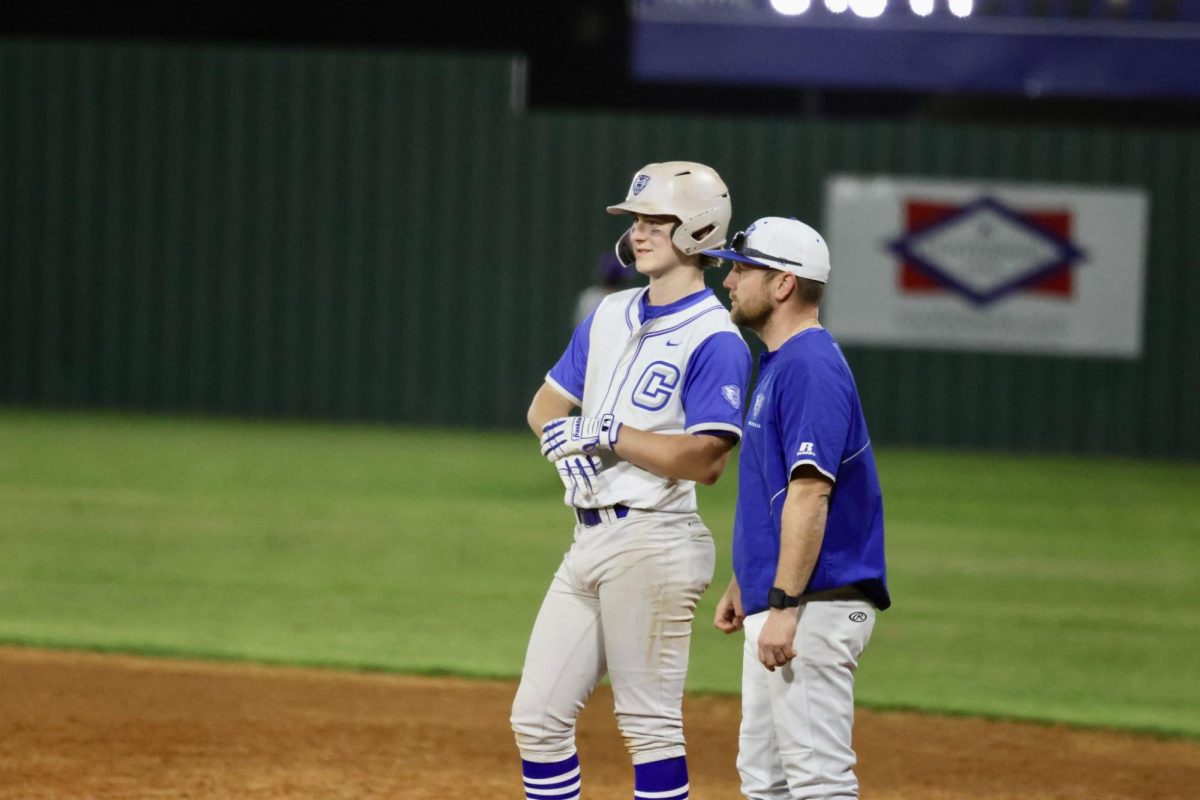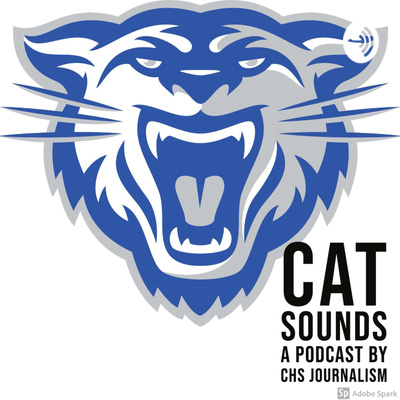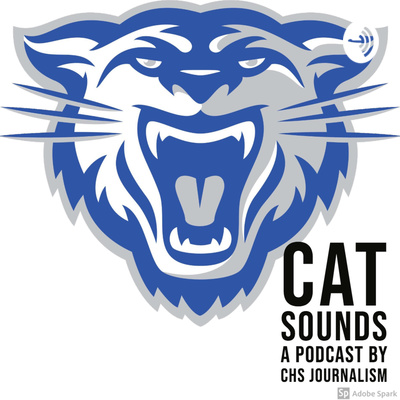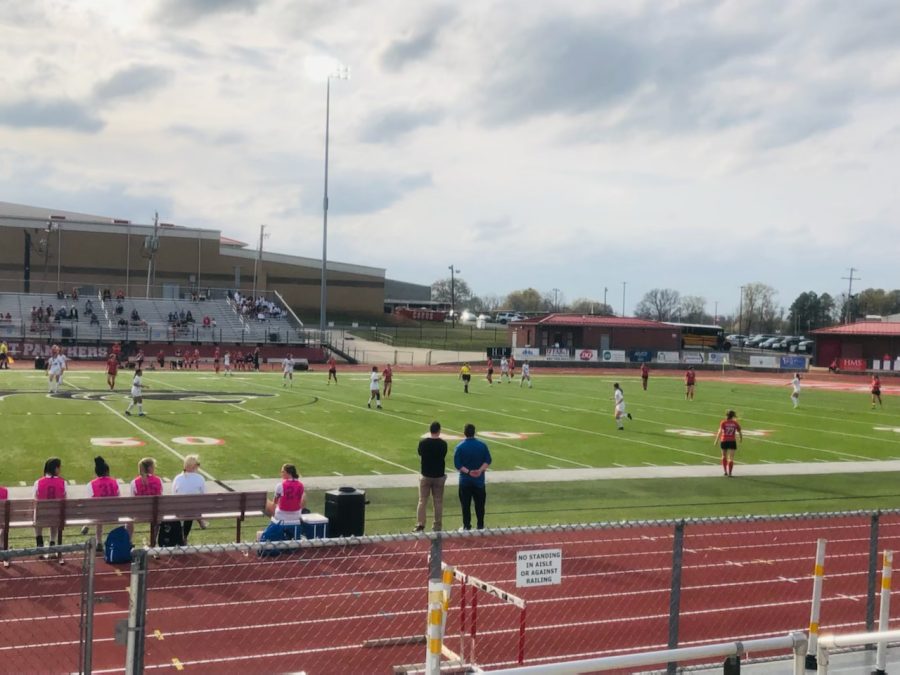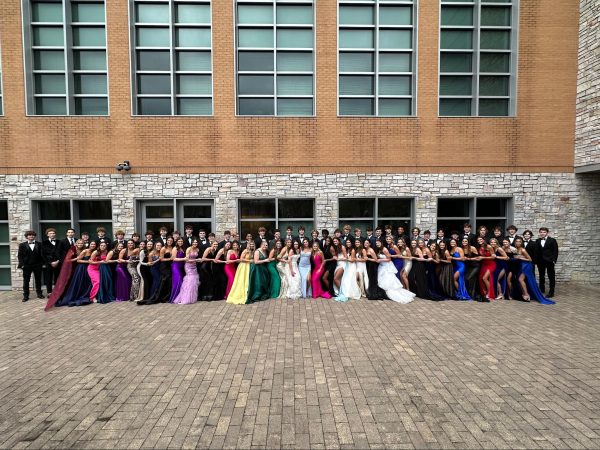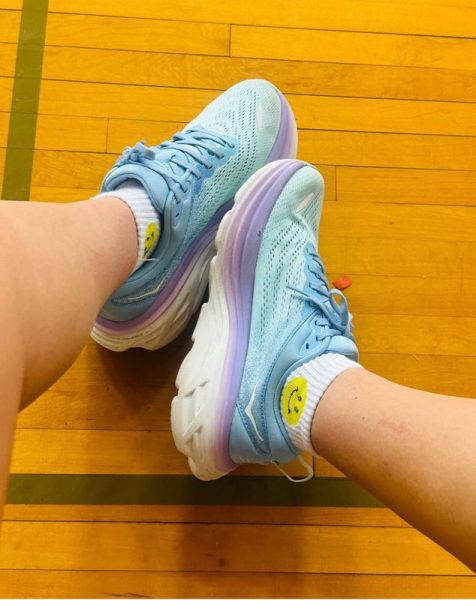The Evolution of Accessible Music

October 12, 2022
Nowadays we listen to music anywhere we please. It surrounds us from the radio, to music throughout stores and even on the streets. Although there wasn’t always easy access, music has been an enormous part of every generation. In the beginning, you would have to hear music live, then years later there were inventions that made it possible to listen to music in the comfort of your own home. Things like record players and cassette tapes. Then music became more mobile ranging from CDs to mp3 players and now most commonly used on our phones.
One of the first inventions was the phonograph- more commonly known as a record player. In 1877, the record player was introduced to the public by Thomas Edision. Much like today people were about to switch from any album they wanted and had to shuffle through the grooves to find the right song.In today’s society the record player is still beloved but not as widely used. Although lots of artists now release records to showcase the unique sound that record players hold.
Similar to records, cassettes held music on the front and back of the tape. On one side you could hear half the songs and the other half when you turned it over. Cassette tapes were one of the first inventions that would take music from stationary to mobile. From radios in your car, in your home, and cassette players. The average price for “the latest single of your favorite band, that tape would cost you about $2-3.” In today’s day and age cassettes aren’t widely used inventions and pre-recorded cassettes faded into obscurity by the mid-1990s in many countries. Eventually we stopped seeing cassette players in our cars, radios aren’t as widely used, and finally we don’t have the need to buy a whole machine like cassette players just to play certain albums or songs.
In November 1982 CDs were invented but they weren’t super popular until 1988. CD’s seemed so innovative “because you could skip directly to the song you wanted to listen to”. Having access to multiple songs by a push of a button was revolutionary. Like cassette tapes people could listen to music in their cars and radios. The difference in affordability “in 1987, their retail price was between $4 and $6”. Now CD’s retail for about 10 dollars an album. The sound quality was also a significant change. From the recording studios to burning the CD’s wasn’t a big jump so the quality wasn’t as modified.
MP3 players are probably the most similar model to what we use today. The MP3 players became wildly popular because it “meant that music fans could collect and enjoy hundreds of digital tracks”.The MP3 player was our first look at a full digital music experience. The accessibility was much like today where you can fit it in your pocket although the gigabytes for music were much larger. “When they were first launched they could barely hold 20 to 30 songs.”Most MP3 players sold for $250.00, but, for an additional $69.00, you could upgrade your memory” although they were expensive it was a completely new experience.
That brings us to today. Not many people use the radio, most opt for an aux player or bluetooth. Having access to a range of music crafted by you was something people soon figured was hard to live without. Now yes It may seem similar to CD’s. Being able to change music from the push of a button but there is no need for a machine to play it off of. A little portable box can hold all music of any kind. Not needing a machine or even service is one of the biggest selling points not included. Affordability “the average paid streaming service subscription costs about $10 per month”. No more buying separate CD’s with songs that don’t fit you.
All in all the most notable changes of the distribution of music have been affordability, access, and quality. Notably they all benefit the listener. Music is a part of everyone’s life even if they don’t mean for it to be and seeing its transform is outstanding.



